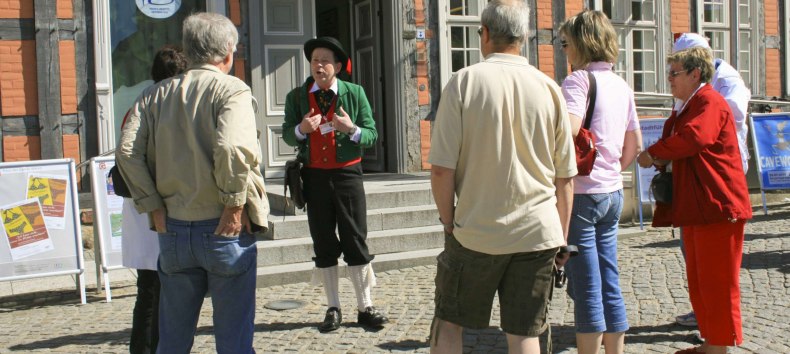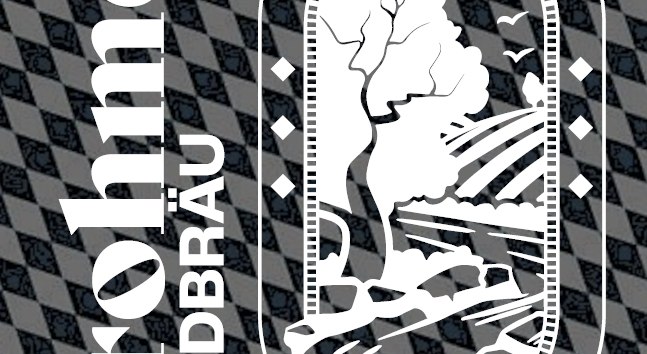A look at the variety of mushrooms opens up moments full of poetry
The Müritz National Park, one of the most endearing spots in Mecklenburg-Vorpommern, entices visitors not only with its clear lake landscape and watery tranquillity, but also with a surprising world beneath the forest floor: mushrooms. A kaleidoscope of shapes, colors and stories shimmers between pines, beeches and damp moss. If you wander carefully through the woods, you will discover a network of mycelia that has supported sustainable ecosystems for thousands of years.
Autumn transforms the park into a stage for mushroom lovers, naturalists and families listening to the soft rustling of the leaves. From wafer-thin white boletes to powerful chanterelles - the variety is astonishing and sensitive at the same time. Many edible mushrooms work in secret, while other species are protected or can only be collected safely under certain conditions.
The goat's beard rose mushroom rests on the mossy forest floor like a tiny paintbrush, while the folded tintling looks almost like tiny stars in the darker layer of foliage. But caution is advised: Not every mushroom is edible, and some are deadly. If you want to pick mushrooms, you should therefore know your way around or consult the local mushroom experts.
The Müritz National Park is not only a haven of biodiversity, but also an educational trail about soil life and symbiosis. Many fungi live in close partnership with trees and bacteria, supplying nutrients or helping to break down organic matter. Without this underground network, the forest would be weaker, less adaptable and ultimately less attractive for humans and animals.
A walk in the fall makes it easy to forget the time. Between the play of light on the trees, the damp scent of leaves and the gentle rustling of beetle wings, new perspectives open up: mushrooms are not just food or decorative details, but part of a living network that keeps forests healthy. Anyone entering the Müritz National Park should therefore have a sense of discovery, respect for nature and a willingness to learn new things.
The Müritz National Park invites you not only to observe nature, but to understand it: Those who accompany the mushrooms will discover a chapter of forest biology that thrives on patience, knowledge and respect. And perhaps you will find the next perfect mushroom for your evening meal - knowledge gained included.
This year, on 11.10. and 12.10. 2025, a mushroom, training and further education course for all mushroom enthusiasts will take place again with Ms. Veronika Weisheit from Rostock.
Mrs. Weisheit is a long-standing mushroom consultant / mushroom expert of the DGfM.
She will accompany you again on the following topics on the days.
11.10.2025
Boletes - the popular collection species
Presentation of the most important native species of boletus, occurrence and edibility
Button mushrooms - a dangerous type of mushroom?
Characteristics of button mushrooms, confusion partners, degree of toxicity, poisoning syndromes
12.10.2025
Pigeon mushrooms and milk mushrooms - a relatively easy genus of mushrooms to learn about
Characteristics of these genera, methods for their identification, known edible and inedible russulas and milk mushrooms
Selected genera of leafy mushrooms such as button mushrooms, gypsophila, chanterelles and boviste mushrooms
Getting to know these relatively difficult to identify mushroom genera, their characteristics and usability
The course costs € 70.00 per participant and per day and is offered from 9.00 am to 5.00 pm at the Steinmühle youth forest home in 17237 Carpin.
Participants are requested to bring along Mushroom basket, knife, writing utensils, weather-appropriate excursion clothing, camera, existing mushroom books.
Catering will be offered to participants for €10.00 each.
Registration under: heike.brechler@gmail.com Tel.:0151 17423838




